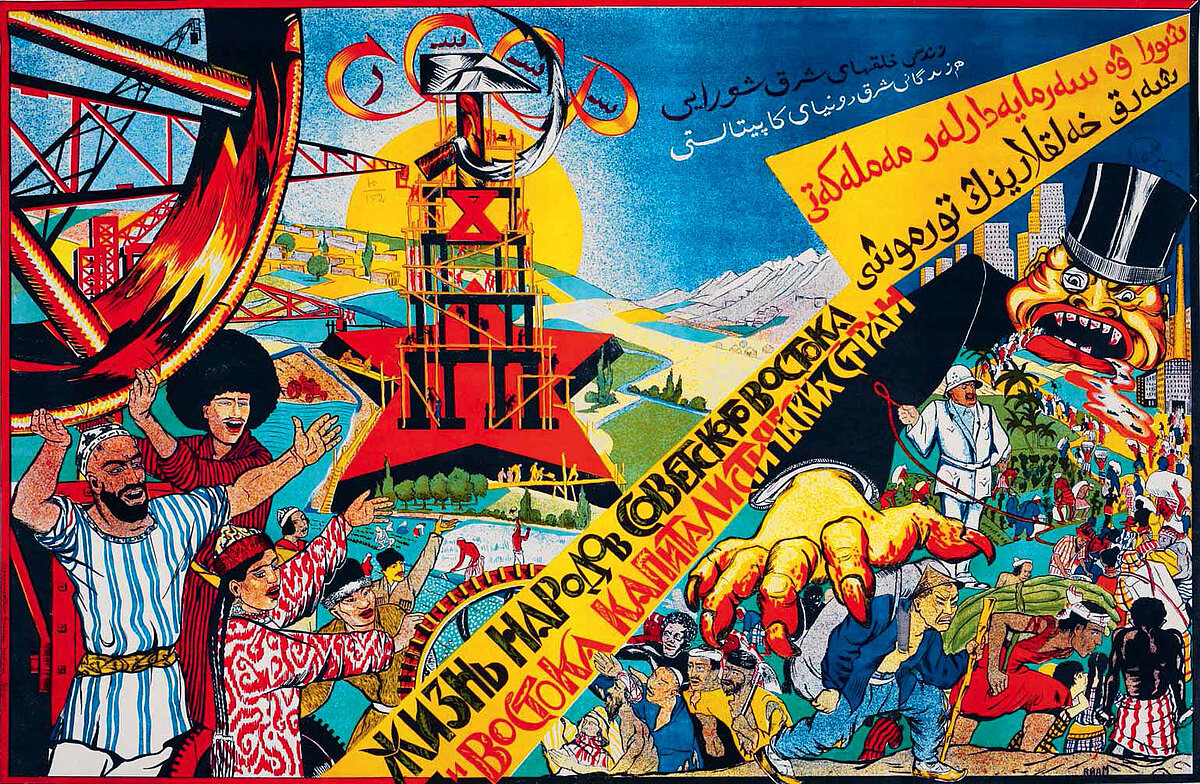Anzeiger “Soviet and Post-Soviet Islam: State of the Field and New Directions”

Copyright: https://islamperspectives.org/rpi/items/show/9936
The new theme issue of the Anzeiger “Soviet and Post-Soviet Islam: State of the Field and New Directions”, which has been guest edited by Paolo SARTORI is now out.
This is the LINK, for downloading the contents.
“Why study Soviet Islam in the first place?”, or “is Soviet Islam at all significant?” These are of course legitimate questions, for when studying the history of the Muslim world, the USSR is most certainly not the first place that comes to mind. We have tended in the past to think of the USSR as an atheist space where religion barely survived radical policies of modernization and social engineering. Even if it was indeed the case that the USSR devoted massive resources to eliminate religion, the Party-state nevertheless defended the notion of freedom of conscience enshrined in the Soviet constitution, a notion which offered citizens of all walks of life a normative framework allowing for an engagement with religion. This theme issue of the Anzeiger sheds light on life stories of Soviet citizens who pursued a path to attain self-perfection, a trajectory in pursuit of belief, temperance, and dignity, which was deeply informed by Islamic discursive practices. Taken together, these stories can be read as an epic and tragic narrative of resilience, resistance and subversion. Equally, they open up a new field of historical research for those who are interested in peeling away the layers of the Soviet civilization and discovering the various ways in which Soviet citizens fashioned themselves as Muslims. How and why did they commit themselves to uphold Islam in a violently secularist environment? And how did the Soviet state cope with Muslims’ forceful articulation of their faith? The notion that in the eyes of many Soviet citizens the USSR was an abode of Islam forms the framing device of this thematic issue of the Anzeiger – a device that helps us to think about how the atheist project of the Soviet empire ultimately failed, but also how it simultaneously helped shape the range of meanings of Muslimness under Soviet rule and in the first decade after the dissolution of the Soviet Union.